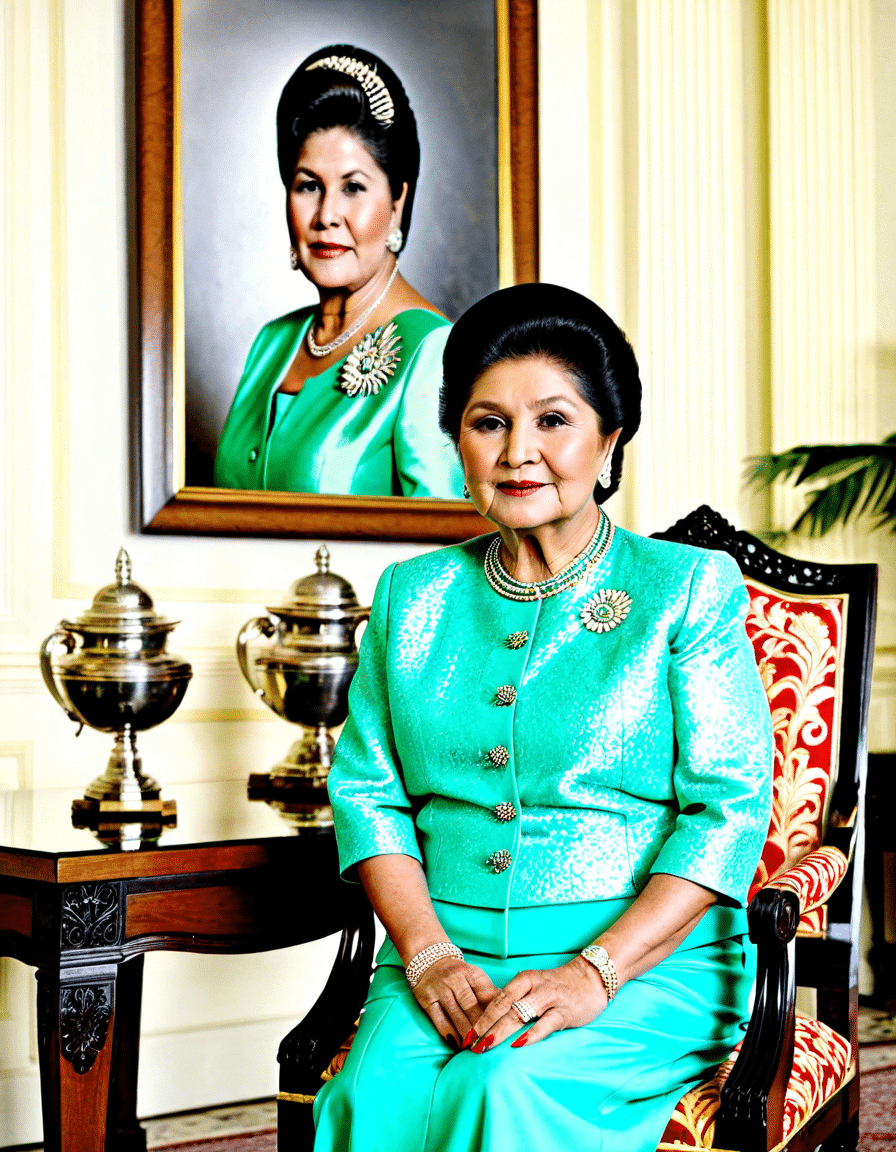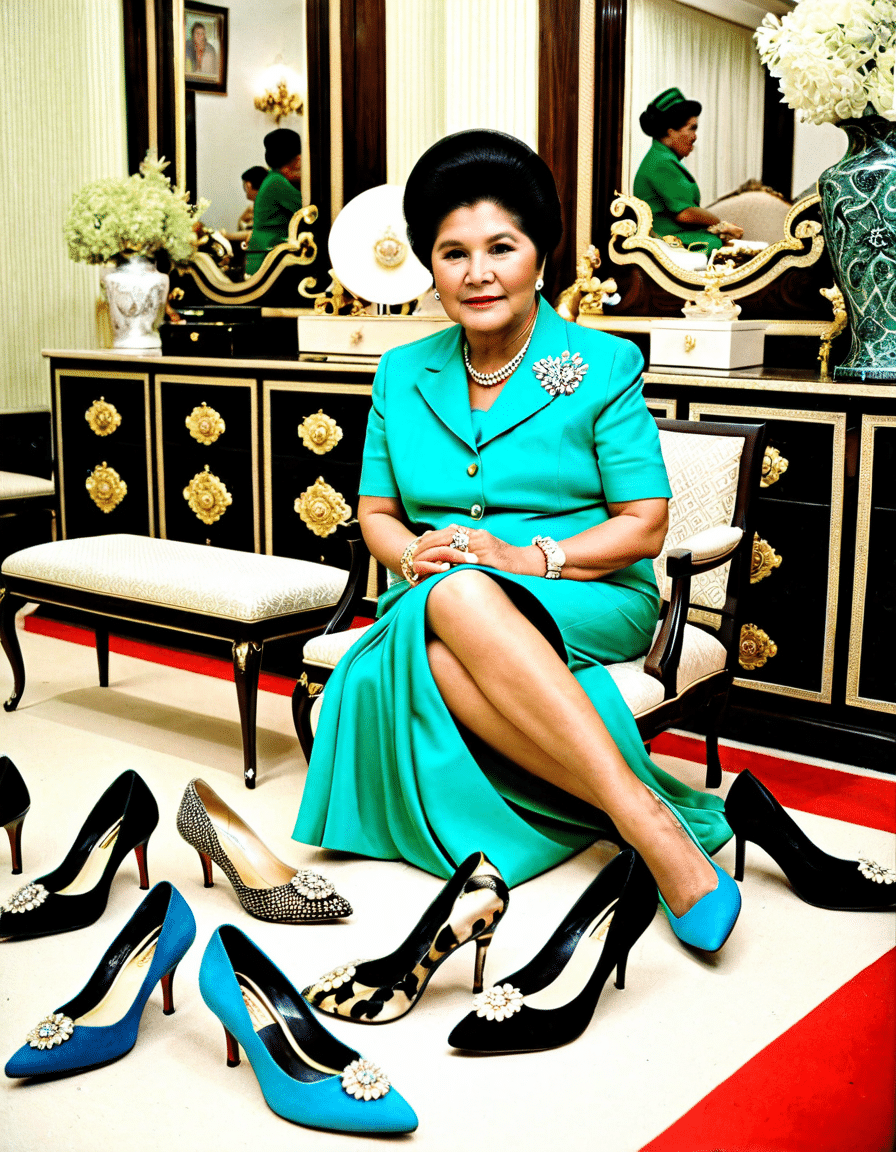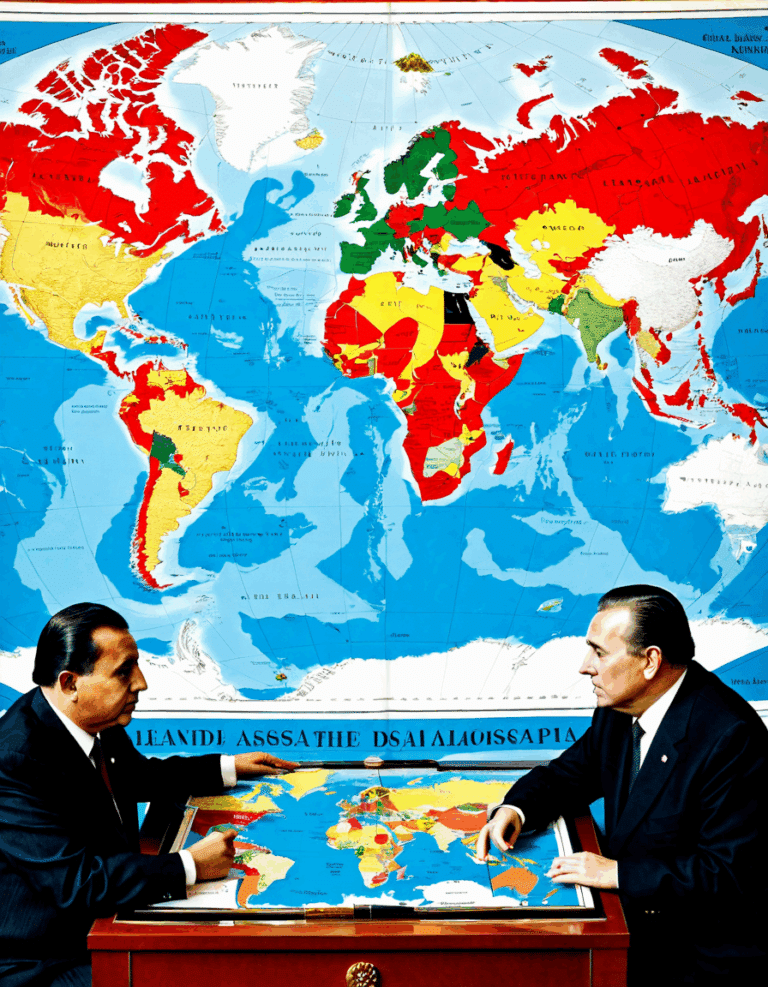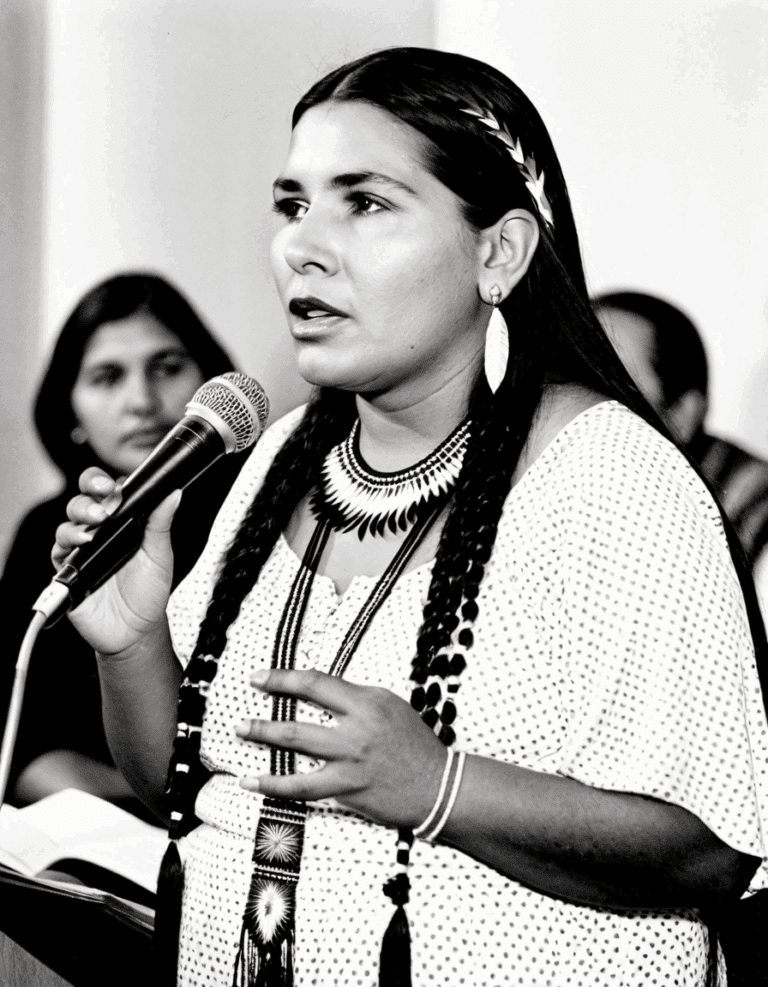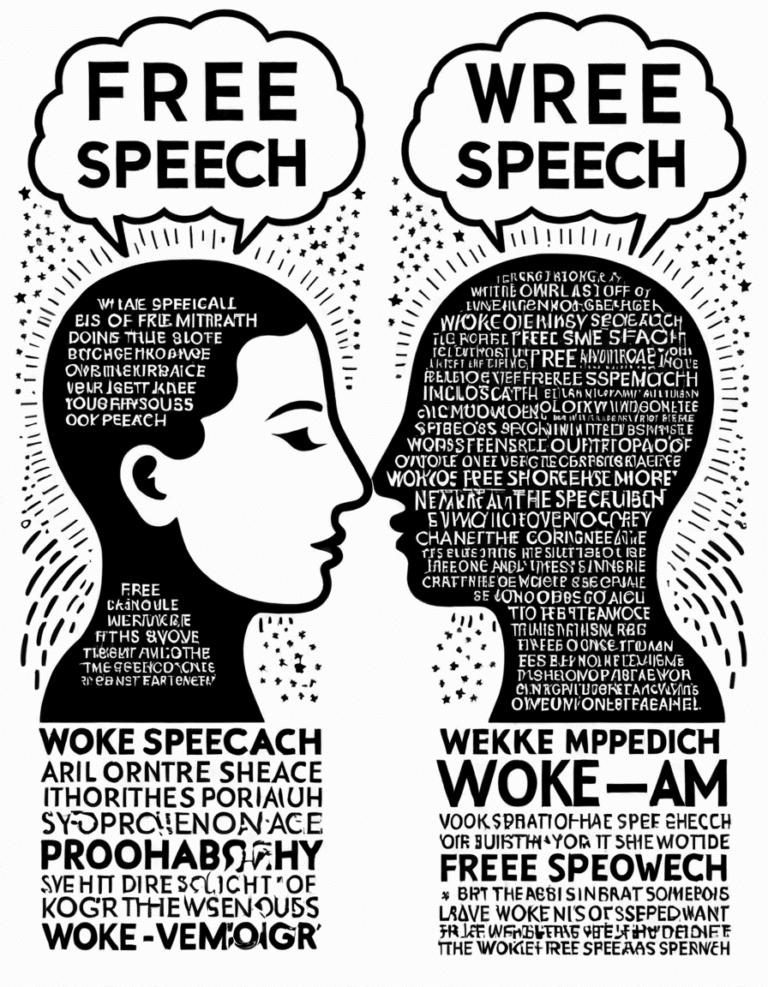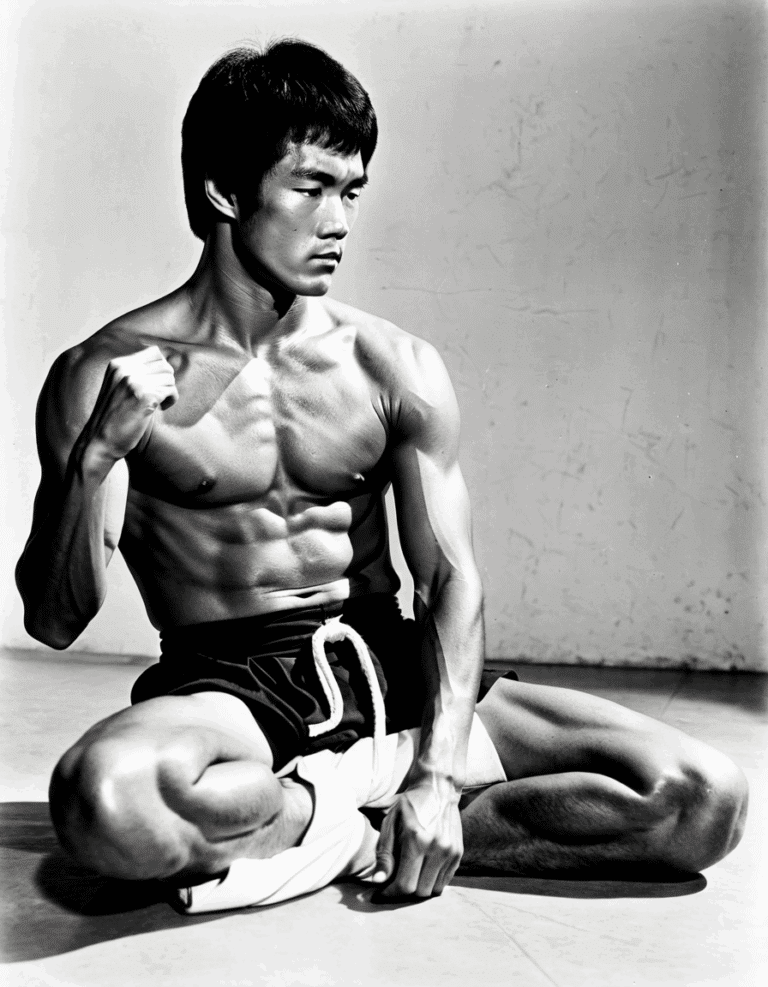Imelda Marcos, a name that evokes both glamour and controversy, stands as a pivotal figure in the history of the Philippines. Often remembered for her extravagant lifestyle and an eye-popping collection of over 3,000 pairs of shoes, Imelda represented the excess of political power. Married to President Ferdinand Marcos, she did not merely ride her husband’s coattails; she carved out her own controversial legacy in Filipino politics. Her story is more than just a tale of wealth and status; it illuminates the intricate dance of power, culture, and societal values that defined an era marked by both dreams and descent.
As we peek behind the curtain of Imelda Marcos’ rise and fall, we uncover layers of cultural impact and political machinations that resonate well beyond her fateful legacy. Her journey reflects larger themes in politics, tied together with the ever-persistent specter of scandal and ambition. Imelda’s audacious nature stirred admiration and disdain, making her a complex portrait of a woman who embraced her status with both arms while standing in the shadow of her husband’s authoritarian regime. This ultimately sparks an important discussion about how power can both uplift and corrupt, and how those who wield it often face tumultuous consequences.
So, buckle in—this is the wild, whirlwind ride through the life of Imelda Marcos, where the glamorous meets the grim.
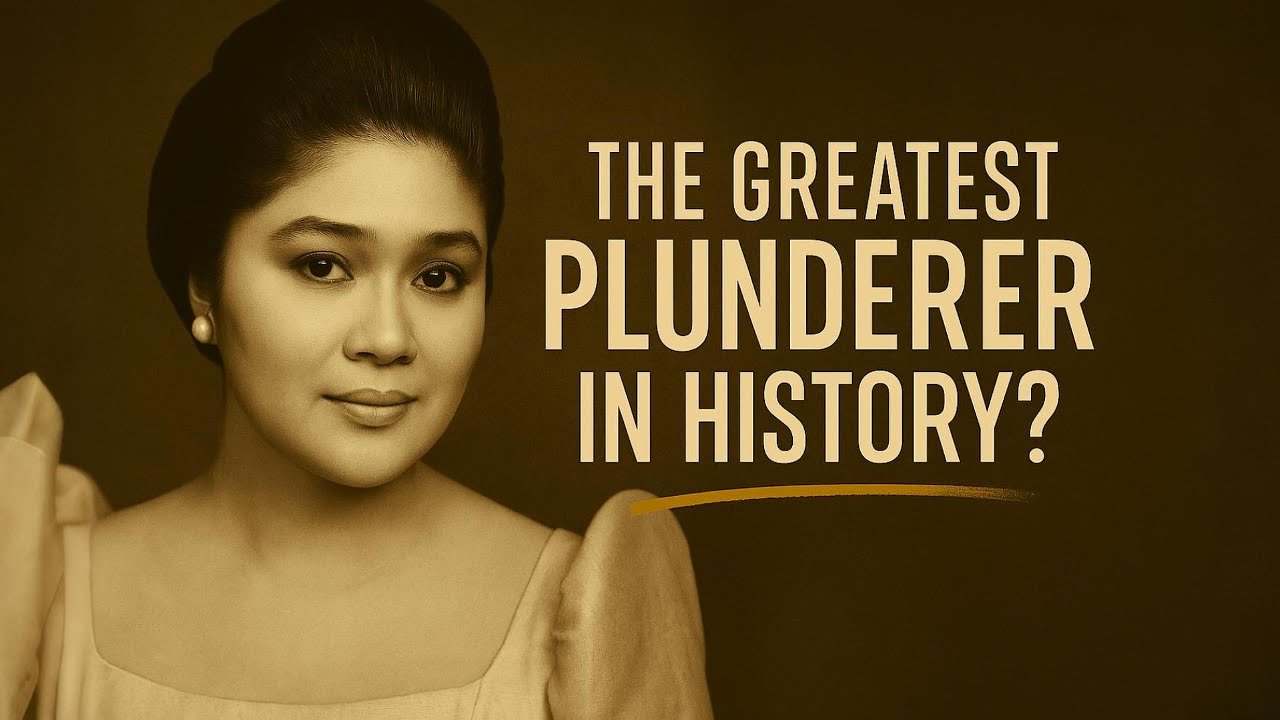
The Glamorous Story of Imelda Marcos
Imelda Marcos’s life begins in 1929, in Manila, where she was born to a prominent political family. Elected to the limelight by marrying Ferdinand Marcos, she rapidly transitioned from a beautiful young woman to a formidable figure in political and cultural circles. Her public persona was adorned with opulence, marked by gala events, national cathedrals, and a lavish lifestyle that showcased her love for the arts and culture.
During her reign as First Lady, Imelda established various initiatives, but it was her Cultural Center of the Philippines in 1969 that truly encapsulated her dual role as a promoter of Filipino identity and a purveyor of state-sponsored propaganda. This immense structure, which hosted everything from ballet to local art shows, symbolized her desire to elevate the nation’s cultural stature, but it also blurred the lines between art and politics. It would serve her narrative while nurturing her husband’s authoritarian grip on power.
Exotic fashions, sprawling estates, and unsparing displays of wealth made Imelda a household name not only in the Philippines but around the world. Her personal brand became a cocktail of allure and excess, contributing to the theory that some taste their power with a side of opulence. However, just as we marvel at her beauty and cultural contributions, we must also confront the darker elements of her legacy—elements that would unravel amidst the smoke of corruption and scandal.
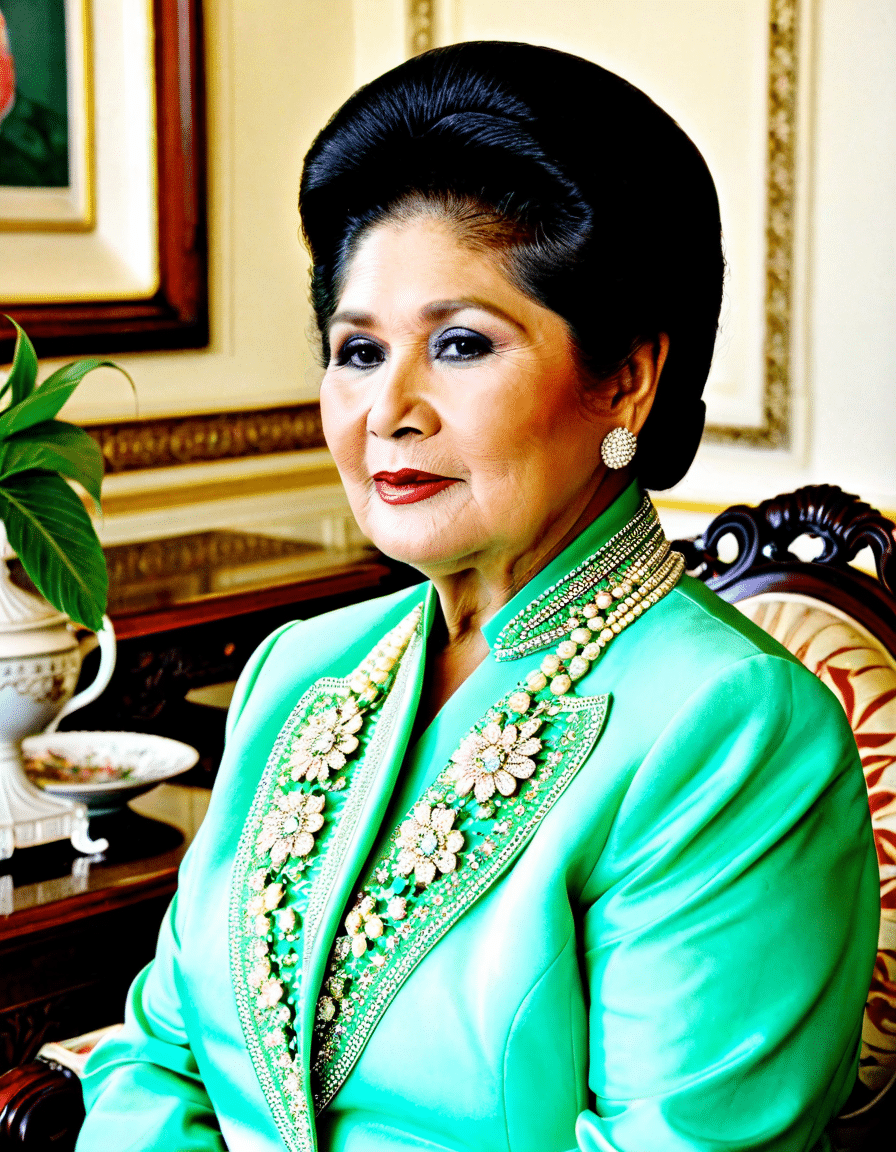
Top 5 Moments That Defined Imelda Marcos’s Legacy
Several key events carved out Imelda Marcos’s political identity:
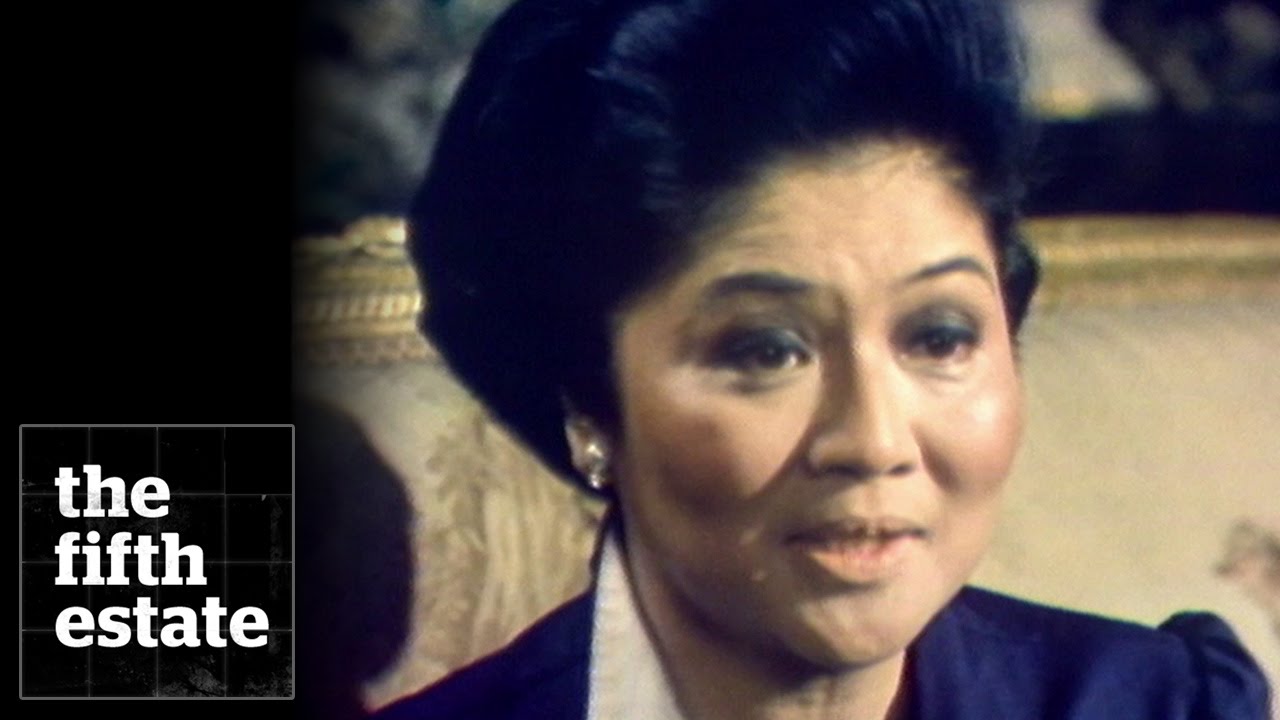
Imelda Marcos and the Intriguing Connections to Modern Figures
Imelda Marcos’s narrative finds interesting parallels with contemporary figures. Take El Mayo Zambada—a notorious drug lord who rose to power through fear and corruption. Both Imelda and Mayo navigated their respective landscapes by embracing power, albeit through vastly different means. While Imelda wore designer clothes in opulent settings, Mayo’s empire thrived on intimidation, starkly contrasting the glamorous realm of politics with the dark side of crime.
Next, we have Ariel Camacho, the celebrated Mexican singer who captured the spirit of struggle and ambition, akin to the rise of Imelda. Each figure embodies the complexities of fame; both stood as cultural icons in their respective realms, grappling with public perception and personal controversy.
Don’t overlook Nick Castellanos, the modern sports star whose popularity lays bare the thin line between adoration and downfall. Castellanos shares that fleeting fame characteristic with Imelda—once a beacon of success, now scrutinized through a lens of ongoing cultural shifts.
Last but not least, Kamar de Los Reyes, a respected actor, underscores the power of storytelling in popular culture. His craft evokes the multifaceted narratives that illuminate Imelda’s life—a tapestry woven with success, ambition, and moral ambiguity.
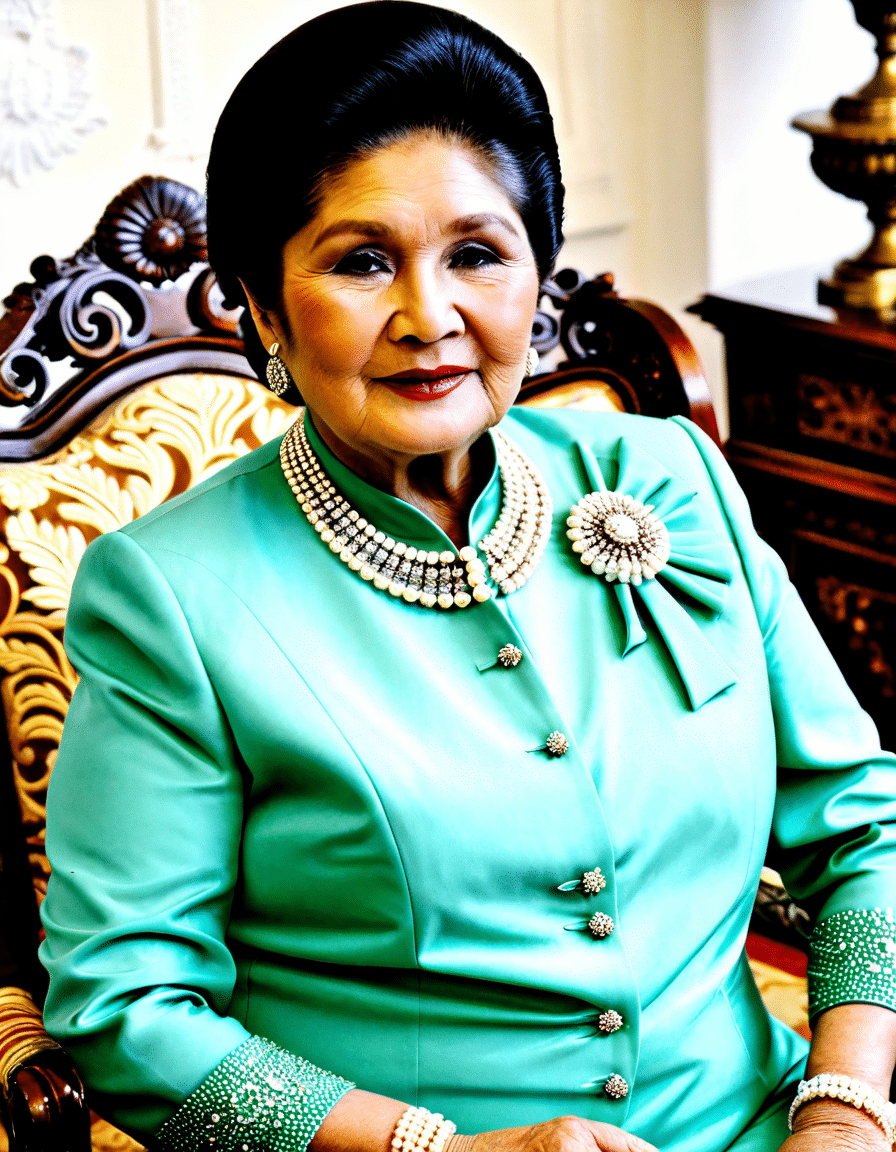
The Ongoing Impact of Imelda Marcos in Philippine Politics
Though her reign has ended, the impact of Imelda Marcos is hard to ignore. The Marcos name continues to surface in contemporary discussions about Philippine politics. New political figures channel her resilience and ambition, indicating that the legacy is perpetuated, albeit in a much different climate.
The Marcos family remains a point of contention in modern politics. Various descendants have continued the political journey, attempting to reclaim the influence once held by Ferdinand and Imelda. This cyclical nature of power raises questions about the motives behind their political aspirations and the lengths one will go to return to the spotlight.
These connections make it clear that Imelda Marcos is not just a figure of the past; she serves as a compass for future movements within the Philippine political sphere. Her lasting influence encapsulates the essence of historical legacies that still ripple through contemporary politics.
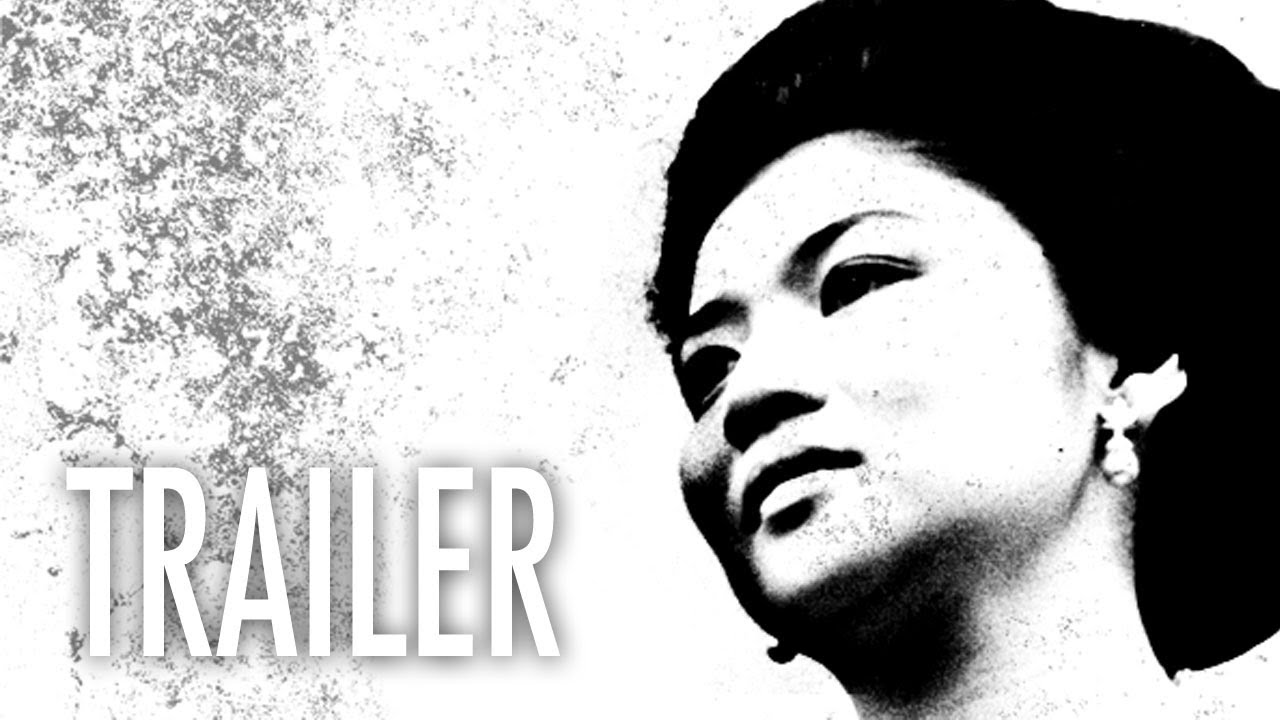
Unpacking the Psychological Influence of Imelda Marcos
Imelda’s audacity elicits both admiration and caution among Filipinos. Her larger-than-life persona embodies the complexities of female power in politics. Her journey unpacks societal views on gender roles—she stands as a fierce example of ambition, yet simultaneously, she highlights the pitfalls embedded in the pursuit of power.
For some Filipinos, Imelda Marcos represents empowerment, demonstrating that a woman can rise in a male-dominated world. For others, she serves as a warning of how unchecked ambition can lead to moral and civic decay. The admiration and revulsion coalesce into a paradox, challenging public perception of female leadership and its consequences.
Each facet of her life adds layers to our understanding of her impact—showcasing how individuals symbolize broader societal themes. As we navigate this complex legacy, recognizing these dualities is crucial for assessing the psychological influence she exerted over generations.
A Legacy Under Scrutiny
In summary, the life of Imelda Marcos presents an intricate tapestry of glamour, power, and controversy. Across decades, her story has ignited debates on the nuances of political influence, the effects of wealth on governance, and the often-blurred lines between artistry and authoritarianism.
As political discourses evolve, the echoes of Imelda’s life reverberate, reminding us that the pursuit of power can lead to both remarkable accomplishments and catastrophic downfalls. The rise and fall of Imelda Marcos serves as a powerful narrative not only in understanding Philippine history but also in deciphering the human experience in the face of power, ambition, and the entangled web of ethics.
This tale illuminates the need for vigilance in politics, echoing a deeper cultural narrative that resonates with our contemporary struggles today. The glamour of power can sometimes obscure a troubling truth, a truth worth exploring with a discerning eye.
Imelda Marcos: Trivia and Tidbits About a Controversial Icon
The Glamorous Life and Hidden Truths
Imelda Marcos, a name that has become synonymous with wealth and controversy, not only dazzled the world with her fashion but also left behind a trail of fascinating trivia. Did you know that she once owned over 3,000 pairs of shoes? Many see this remarkable collection as a reflection of her opulent lifestyle, reminiscent of the extravagant spending seen in celebrity culture today. Speaking of dazzling public figures, with the rise of influencers like Alexis Ren, it’s clear that glamour still captures the imagination of many.
But it wasn’t all about shoes and style. Behind the glitz, Imelda’s political and personal life was riddled with challenges. For a woman who fiercely promoted her country’s interests, it’s intriguing to consider how much political weight celebrity endorsements hold now, such as the reliance on figures like Jim Acosta in media narratives. With the scrutiny on high-profile personalities, one could hardly fathom what it was like for Imelda during her reign. Her life truly encapsulates complex themes of power and public perception.
Imelda’s Ambitious Pursuits
Imelda Marcos was also passionate about humanitarian endeavors, initiating numerous projects that aimed to uplift Filipino culture. While today’s pop culture sees figures like Patrick Mahomes II making headlines through their philanthropy, Imelda aimed for similar feats back in the day. She championed education and health initiatives, blurring the lines between her image as a socialite and a political force. This approach, while met with criticism, showcased her desire to be seen as more than just the “shoe lady.”
Moreover, her rise and eventual fall are reminiscent of countless cautionary tales, such as those surrounding well-known figures in true crime narratives; take, for instance, the saga of Sherri Papini, whose story captivated millions and serves as a stark reminder of the complexities of public life. Imelda’s legacy serves as both a warning and inspiration. She was part of a historical context where political figures could wield both glamour and authority—something that many today might find hard to navigate.
Leaving a Lasting Impact
Today, Imelda Marcos remains a fixture in discussions about power and extravagance, drawing comparisons to modern-day topics. Just as cat Memes can lighten conversations, stories of extravagant lifestyles often serve as warnings while also entertaining us. The narrative of Imelda is not just about dollars and cents; it’s a tale that’s interwoven with the fate of a nation.
As we reflect on Imelda’s life, we might consider how similar stories unfold. The endurance of her legacy invites discussions about leadership, ethics, and the measures of success. In a world filled with taco trucks and resilient figures, understanding someone like Imelda Marcos requires us to dig deeper than just the headlines. Just as we ponder how old do wiener dogs live—bringing a blend of fun and seriousness into everyday topics—considering Imelda’s rise and fall demands a keen look at the interplay of glamour, politics, and the human condition.
